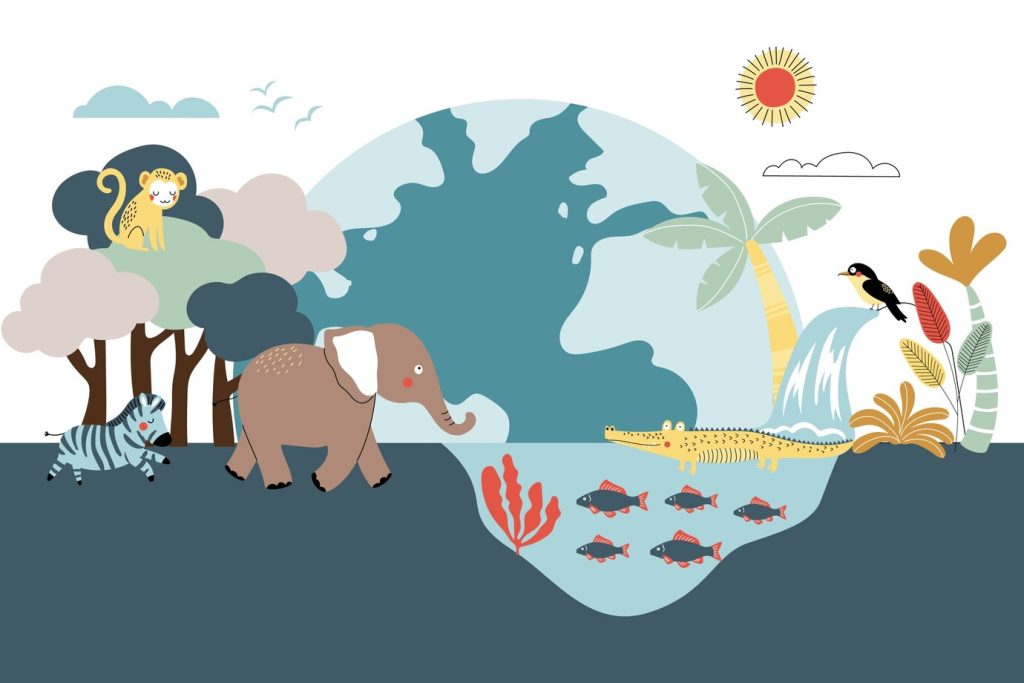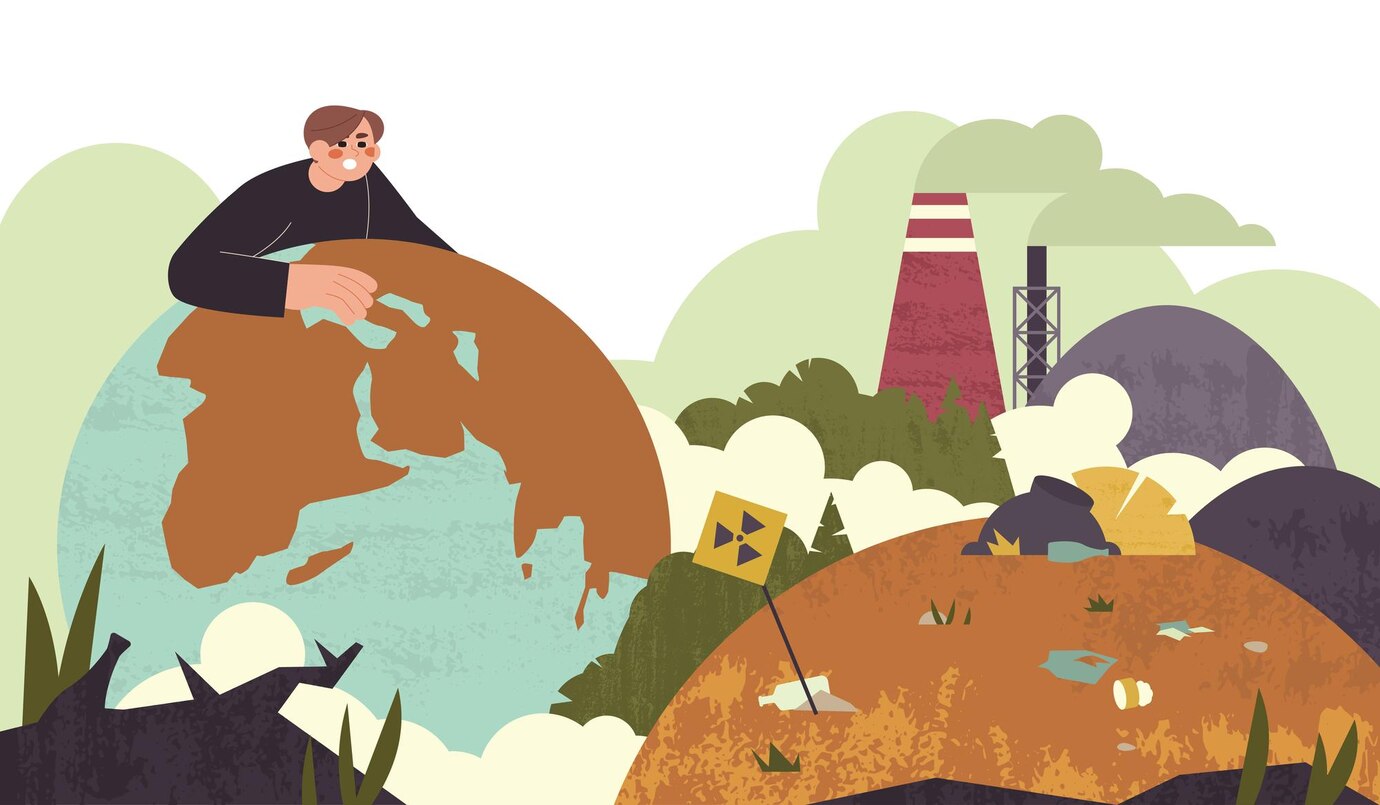- Habitat Destruction: Perhaps the most significant driver of biodiversity loss, habitat destruction occurs when natural habitats are converted for agriculture, urbanization, mining, or infrastructure development. This leads to the fragmentation and loss of critical habitats for countless species.
- Pollution: Pollution, whether from industrial effluents, agricultural runoff, or plastic waste, contaminates ecosystems and harms both aquatic and terrestrial life. Chemical pollutants can disrupt ecosystems and impair the health of species, leading to population declines and biodiversity loss.
- Climate Change: Rising temperatures, altered precipitation patterns, and extreme weather events associated with climate change pose significant threats to biodiversity. Species are forced to adapt, migrate, or face extinction as their habitats undergo rapid changes.
- Overexploitation: Unsustainable exploitation of natural resources, including overfishing, overhunting, and deforestation, depletes populations of species and disrupts ecosystems. Without adequate management, these activities can drive species to extinction.
- Invasive Species: The introduction of non-native species into new environments can have devastating consequences for native biodiversity. Invasive species often outcompete native species for resources, disrupt ecosystems, and contribute to the decline of native populations.

The Impacts of Biodiversity Loss
- Ecosystem Instability: Biodiversity loss weakens ecosystems’ resilience to environmental changes and increases their vulnerability to disturbances such as disease outbreaks, invasive species, and extreme weather events.
- Loss of Ecosystem Services: Ecosystems provide a wide range of services essential for human well-being, including clean air and water, pollination, nutrient cycling, and climate regulation. Biodiversity loss undermines the capacity of ecosystems to provide these services, threatening human livelihoods and economies.
- Disruption of Food Webs: Biodiversity loss can disrupt intricate food webs, leading to cascading effects throughout ecosystems. The loss of key species can destabilize entire ecosystems and result in the loss of important ecological functions.
- Cultural and Aesthetic Loss: Indigenous cultures and local communities often have deep cultural and spiritual connections to the biodiversity around them. The loss of species and ecosystems diminishes cultural diversity and deprives future generations of the beauty and wonder of the natural world.
Solutions to Address Biodiversity Loss
- Protecting and Restoring Habitats: Establishing protected areas, conserving critical habitats, and restoring degraded ecosystems are essential strategies for preserving biodiversity and safeguarding the services ecosystems provide.
- Sustainable Resource Management: Adopting sustainable practices in agriculture, forestry, fisheries, and other natural resource sectors can help minimize the impacts of human activities on biodiversity while ensuring the long-term health and productivity of ecosystems.
- Addressing Climate Change: Mitigating climate change through reducing greenhouse gas emissions and enhancing resilience to its impacts is crucial for minimizing biodiversity loss. Promoting renewable energy, sustainable transportation, and climate-smart land-use practices can help protect biodiversity while mitigating climate change.
- Combatting Invasive Species: Preventing the introduction and spread of invasive species through effective biosecurity measures and early detection and eradication efforts is essential for protecting native biodiversity and ecosystems.
- Promoting Awareness and Education: Raising awareness about the importance of biodiversity and the threats it faces is key to fostering public support for conservation efforts. Education and outreach programs can empower individuals and communities to take action to protect biodiversity in their local environments.
In conclusion, biodiversity loss poses a significant threat to the health of ecosystems, the well-being of humanity, and the future of life on Earth. Addressing this complex challenge requires concerted efforts at local, national, and global levels to conserve and sustainably manage Earth’s diverse ecosystems and species. By implementing effective conservation measures and adopting sustainable practices, we can work towards a future where biodiversity thrives and ecosystems flourish for generations to come.
